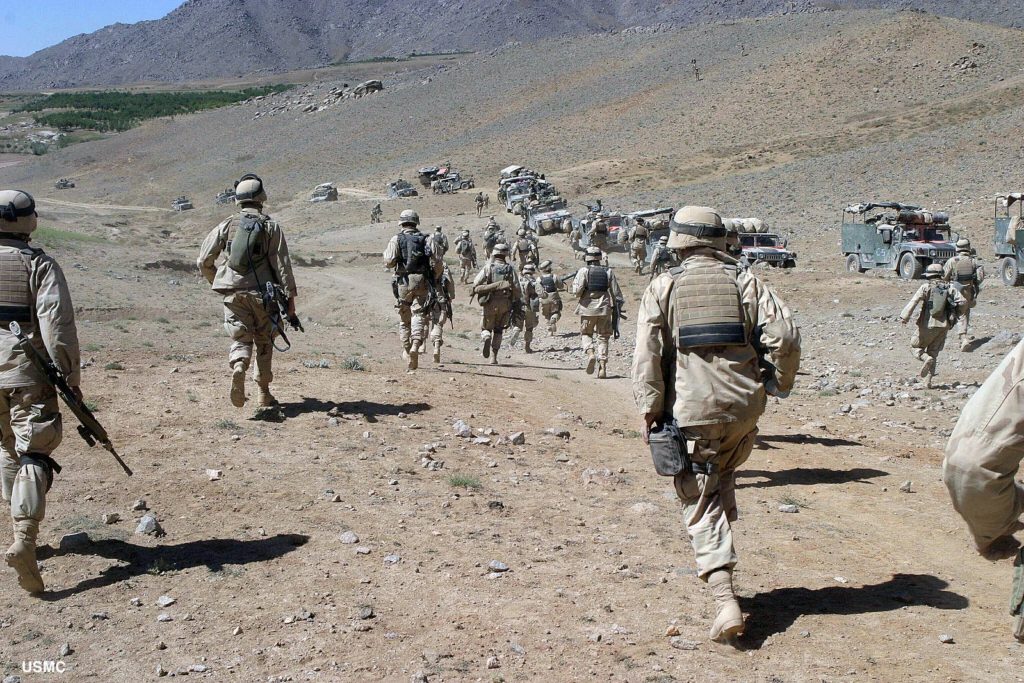20 Years of U.S. Occupation Was Brutal in Afghanistan—And So Will Be the Exit
July 17, 2021
By Sonali Kolhatkar, co-Director, Afghan Women’s Mission
Read the full article here.

Opponents of the war have known since 2001 that there is no military solution to the U.S.-sponsored fundamentalist violence that had plagued Afghanistan at the time. More such violence—which is largely what the U.S. offered for nearly 20 years—only made things worse.
In announcing the war’s end and pivoting to what he deemed were “happy” topics, Biden fed the “propaganda of silence” that my co-author James Ingalls and I referred to in the subtitle of our 2006 book Bleeding Afghanistan. There has long been a deliberate effort to downplay the U.S.’s failures and paint a rosy picture of a war whose victory has always been just around the corner.
But there is no happy ending for Afghans, and there was never meant to be.
Afghans, already weary of never-ending war in 2001, were promised democracy, women’s rights, and peace. But instead, the U.S. offered elections, a theoretical liberation of women, and an absence of justicewhile championing corrupt armed warlords and their militias. In trying to end the debacle, American diplomats refused to involve the (admittedly flawed) Afghan government that they had helped to build as a bulwark against fundamentalism, and instead engaged in peace talks with the Taliban—the same “enemy” of democracy, women, and peace that the U.S. had spent nearly two decades fighting. Now, as the fundamentalist fighters claim more territory than they have controlled in decades, and the Taliban have predictably begun reimposing medieval-era restrictions on women, ordinary Afghans, including women, are taking up arms to fight them. Was this the liberation that the U.S. promised Afghan women?


